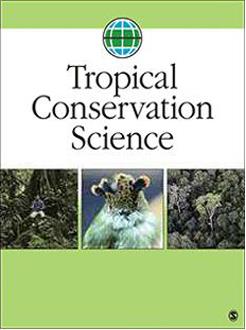Spatial data are increasingly ubiquitous and accessible. Understanding precisely where certified farms are located in relation to other variables can help uncover their potential to influence biodiversity, forest cover, and local livelihoods. Spatial mapping opens up many opportunities for sustainability standards organizations to test, understand, and demonstrate their impact. However, the potential of spatial data remains largely unrecognized and underdeveloped. For our recent analysis, we mapped certified farms for tropical commodity crops in unprecedented detail. We review ways in which spatial data are being used to enhance the positive impacts of certification on rural development and biodiversity conservation and suggest four steps by which standards organizations could build on this work to make the most of spatial data.
How to translate text using browser tools
1 January 2020
Spatial Data Are Key to Sustainability Standards Increasing and Demonstrating Their Impact
C. Tayleur,
B. T. Phalan

Tropical Conservation Science
Vol. 11 • No. 1
March 2018
Vol. 11 • No. 1
March 2018
certification
commodities
sustainability standards
traceability
transparency





